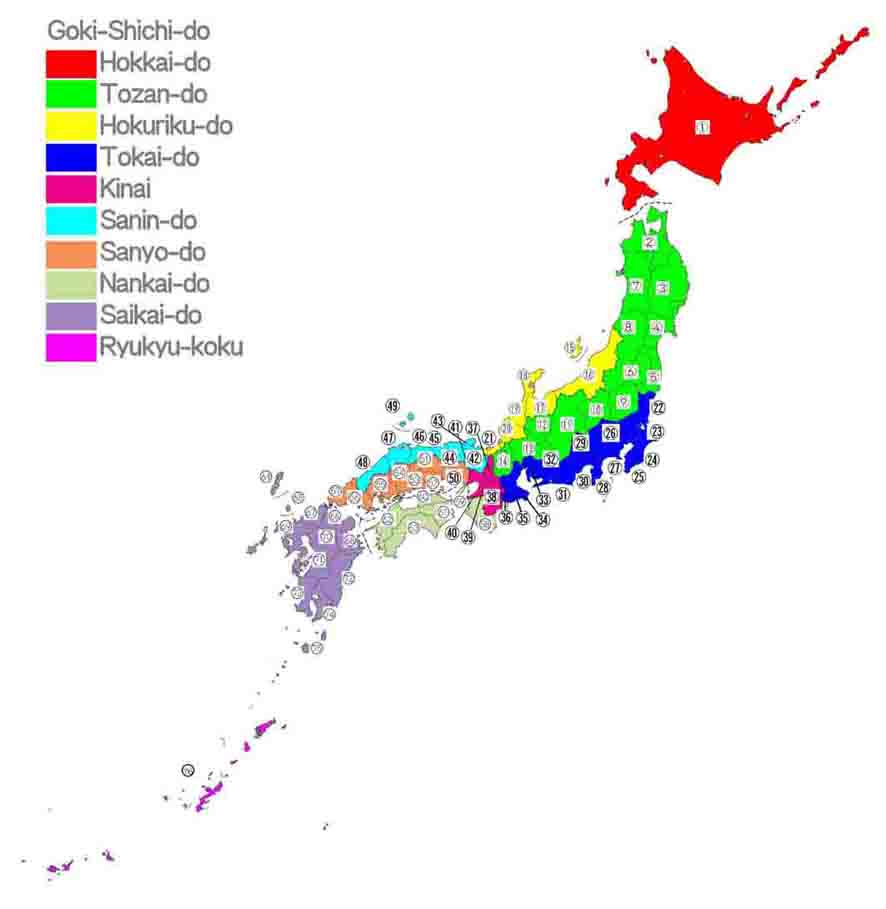Nakayama is in between Narita And Haneda International Airport
<クッキーについての同意並び欧州居住者向けプライバシーポリシー>
中山・下総・散歩道
Musashi-no-kuni /The Summary of Musashi Province
Musashi was an administrative district in classic Japan. The area of Musashi was very large, it spread out on almost all of Saitama prefecture, Tokyo metropolis, and northern Kanagawa prefecture. Musashi-no-kuni first belonged to Tozan-do region, in 771, it was registered to be in Tokai-do, and it was counted as a large and farther country. The provincial government of Musashi was in Fuchu City in Tokyo, and Kokubun-ji Temple was in Kokubunji City in Tokyo. And Ono-jinja Shrine and Hikawa-jinja Shrine are the first shrines of Musashi. This district was designated on the Ritsuryo code after the Taika Reform in 645.According to Shoku-nihongi, 1799 naturalized citizens moved to Musashi province in 718, so it registered the Koma-gun (Koma district) in the province in 718, and they cultivated the land in the basin of the Koma-gawa River.
In Medieval Ages, the Musashi Bushi-dan (a large group of samurais in Musashi Province) organized, Chichibu Clan and its branch families, Kawagoe Clan and Hatayama Clan actively took part in. And also the Musashi Nana-to (the Seven groups of samurais) played in energetically. In 1180, Minamoto-no-Yoritomo, the founder of Kamakura Bakufu (the Kamakura Shogunate) and the first Shogun of the Bakufu raised his arm, and they voluntarily belonged to his arms. And Musashi was registered as 'Kanto-go-bunkoku', the province directly controlled by the Shogun. Besides, from Kamakura to Muromachi Period, the Kawagoe Clan and some clans related to Heishi Clan controlled the area but its power was not so influential. After the Kawagoe Clan declined, Musashi became a stage of the conflicts between Ashikaga Clan of the Kamakura Kubo (the chief warlord at Kamakura who was relative of the Shogun in Kyoto in Muromachi Period) and Uesugi Clans of Kanto Kanrei (the shogunal deputy at Kanto Region), so Musashi Province was in the state of war. In 1457, Dokan Ota built the Kawagoe Castle, in 1564, he built Edo Castle, so he developed his power in northern part of Musashi. His master Sadamata Uesgi was afraid his power, then he assassinated Dokan. After he was assassinated, Ougigayatsu Uesugi Clan took the castle as their base and developed its power in southern part of the Musashi, during Yamanouchi Uesugi Clan took the power in the north.
In Sengoku Period (the Warring States Period), Go-Hojo Clan at Odawara in Sagami-no-kuni (Kanagawa prefecture) gained the power in Musashi and it took the Kawagoe Castle. To get the castle, there were several battles between Go-Hojo Clan and Uesugi Clan. In 1541, Tomosada Uesugi in the Ougigayatsu, Norimasa Uesugi in the Yamanouchi of the Kanto Kanrei and the Koga Kubo (the chief warlord at Koga in Shimousa who was relative of the Shogun in Kyoto in Muromachi Period) attached the Kawagoe Castle with over a hundred thousand samurai worriers. Then the Night Operation Of Kawagoe happened, Ujiyasu Hojo won the battle and gained the almost all provinces in the Kanto region under his influence. Ujiyasu suppressed Norimasa continuously, then he depended upon Kagetora Nagao who was the deputy military governor at Echigo (Niigata prefecture), and Norimasa handed over the headship of the Uesgi family and the title of Kanto Kanrei instead of getting his support. Kagetora later named Kenshin Uesugi. After Kagetora became the Kanto Kanrei, the conflicts between the Uesugi and the Hojo happend repeatedly in Musashi. After Hideyoshi Toyotomi won the Siege of Odawaran in 1590, the Hojo Clan ruined and Ieyasu Tokugawa moved to the Edo castle and also he gained the power to control the Kanto region.
In 1603, Ieyasu gained the position of the Shogun who was the military leader of samurais could control Japan, so he founded Edo Bakufu (Edo Shogunate)in Edo. Under the controlling of Tokugawa Clan, Edo was developed rapidly to be the center of Samurais society and to be one of the biggest cities in the world, so its population is over a million in 18th century. Moreover Ieyasu planned to change the flow of Tone-gawa River from south to east, so the river flowed into the Tokyo Bay in early Edo period. At that time, Ara-kawa river, Tone-gawa river and Watarase-gawa river flowed in the Bay together, so the land they flowing had frequently been flooded. Then Ieyasu Tokugawa planned it to get much harvest and protect his province firmly, so he commanded to the big construction project such as the changing flow of Tone-gawa river to east to Choshi (the east of Chiba prefecture) . In 1683 (or in 1622-43), the range of Edo (Tokyo) was changed with the construction. The boundary between Edo (Musashi) and Shimousa (Chiba prefecture) moved to east, from Sumida River to Edo River. So the boundary between Chiba and Tokyo was registered since then. And the area now Saitama Prefecture was divided into three districts to be controlled by three lords served the Tokugawa Clan since their ancestors. They took Kagagoe, Oshi and Iwatsuki as their bases. Especially, Kawagoe developed one of the industrial centers in Musashi and flourished, so it was named 'Ko-Edo', it means the little Edo (Tokyo). There were some highways and rivers to trade, and it was easy ways to bring agricultural products to Edo (Tokyo), then the suburban agriculture was developed.
In 1868, after the Meiji Restoration, Musashi Province was finally divided into three districts, Saitama, Tokyo and Kangawa prefectures.
参考
埼玉県ホームページ
デジタル大辞林
ブリタニカ国際大百科事典
日本大百科全書(ニッポニカ)
ウィッキウィッキペディア
Blue represents Tokai-do and No.26 in the map below is Musashi-no-kuni

- 広告 Advertisement -
